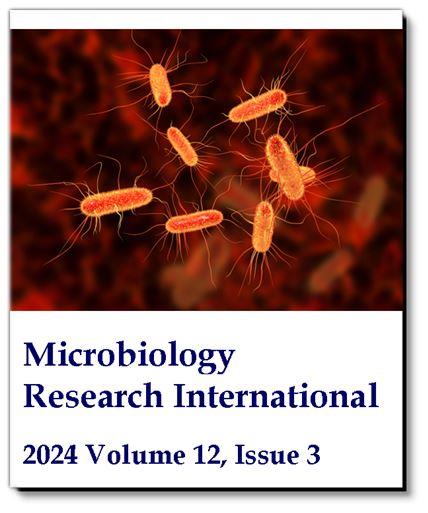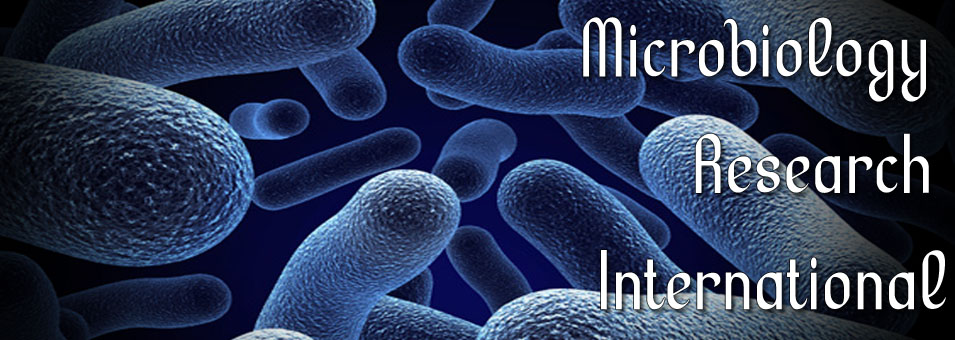Effect of environment on multidrug resistant (MDR) status of Escherichia coli
Okpokiri M., Okerentugba P. O., Agbagwa O. E. and Otokunefor K.Microbiology Research International
Published: July 3 2024
Volume 12, Issue 3
Pages 49-56
Abstract
A suitable environment could be vital for the emergence and transfer of antibiotic-resistant E. coli. The effect of the environment on the multidrug-resistant status of E. coli was investigated in this study. Soil and faecal samples were collected from three environments: animal farms, hospitals and oil-contaminated soil. The E. coli isolates in the respective environments were isolated using standard microbiological methods. The antibiotic susceptibility pattern was determined using the Kirby-Bauer disc diffusion method. Results revealed a 50% prevalence of E. coli isolates from the animal farm environment samples, while the lowest prevalence of 22.7% was recorded in hospital environment samples. For the human faecal samples, a 34.8% prevalence was recorded in hospital and oil-contaminated environments, while the lowest prevalence of 30.4% was recorded in faecal samples collected from the animal farm environment. The E. coli isolates from animal farms were 100% resistant to ceftriaxone and Augmentin, while isolates from human faecal samples showed that isolates from hospital faecal samples were 100% resistant to imipenem and Ampiclox while 80% resistance was recorded for cefuroxime. The isolates displayed resistance to antibiotics belonging to the cephalosporin, aminoglycosides, quinolones and fluoroquinolones classes. The MAR index of the isolates in the hospital environment sample, oil-contaminated environment sample and oil-contaminated human sample were 0.4, in the hospital human sample the MAR was 0.5, in the animal farm environment sample the MAR index was 0.6, while a MAR index of 0.7 was recorded for the animal farm human samples. Although the isolates displayed very high antibiotic resistance, gentamycin and levofloxacin exhibited higher antibiotic potency and are recommended for the treatment of infections caused by E. coli from these environments. More so, the environment could be associated with the high resistance observed in the study.
Keywords: E. coli, multidrug resistant, environmental diversity.
Full Text PDF
